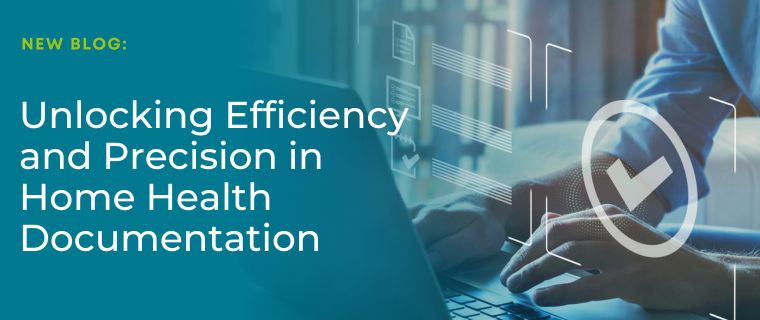5 Ways To Improve Care Coordination Between Home Health and Hospice
By Client Experience Manager, Denise Galbraith
In the healthcare world, we talk a lot about what’s best for patients, and rightfully so. However, the wordpatientsounds so far removed. In reality,youare a patient. I am a patient. Our parents are patients. Everyone we love and care about is a patient. This game-changing perspective was first introduced to me by my friend,e-Patient Dave. Needless to say, it blew my mind.
Here atMedalogix, we have clinicians employed to help us fully understand appropriate care for the population of patients in the home health and hospice agencies we support. Appropriate care for patients can be defined simply as, the right care at the right time in the right place.
Let’s get kind of uncomfortable: at some point, we’re all going to die. And a lot of us (the overwhelming majority, statistically speaking ), would prefer to die at home, pain free and with our friends and family around us. If this is what a patient wants, it can be appropriately accomplished in Hospice Care. But, for that care to happen at the right time and in the right place, care providers must be able to determine and support appropriate care.
There are several ways to improve appropriate care coordination between home health and hospice to ensure a patient is getting the right care at the right time in the right place–especially in regard to identifying patients who would benefit from hospice earlier. Here are a few we find extremely important:
- Patient wishes.As discussed, part of what constitutes as appropriate care is acknowledging and documenting the patient’s wishes. We encourage early and often conversations about living wills, advanced directives and end-of-life discussions with family and physicians. It’s best to have these conversations before and during a home health episode. Too often, patients pass away in home care without their true end-of-life wishes realized.
- Care coordination.It’s paramount to have various caregivers with unique perspectives involved in your patient’s’ care routines–especially in the home health to hospice transition process. If home health and hospice nurses can work together to care for and communicate about a patient, the patient will have better outcomes. Joint assessment visits, palliative care programs and hospice input during case conference can be ways to involve various caregivers across a patient’s care continuum. These varying perspectives will help ensure the patient receives the best care.
- Predictive analytics.Not to toot our own horn, but this where we nerd out. It’s important to use a tool to identify patients who have a higher probability of passing away during a home health episode. It helps care teams better understand what conversations to have, with whom and when. (Learn about our tool, here.)
- Technology.Use your technology to its fullest extent.Technology is one of the only ways to scalably increase care while reducing costs. If you’ve invested in technology, leverage it extensively by making sure you’re using all of its features and functionality. Work with the technology’s client experience team to see what else your care team could be using to further improve processes and care.
- Measure.Put your patient data to good use. Measuring and tracking what quality measures you’re best at and where you can improve can give you some eye-opening revelations about your agency. After all, when you measure, you can better manage and improve appropriate care.
Related Blogs

Medalogix Muse and the Proposed Regulatory Changes for FY 2025
Steven Shelton, MBA, MSN, RN, CHPN; Director, Clinical Services In th...

Unlocking Efficiency and Precision in Home Health Documentation
Home health teams operate in diverse and uncontrolled settings, ranging ...

Pulse Referrals & Admissions: A Q&A with Medalogix President and CEO Elliott Wood
With our new Referrals & Admissions module now available for purchas...


